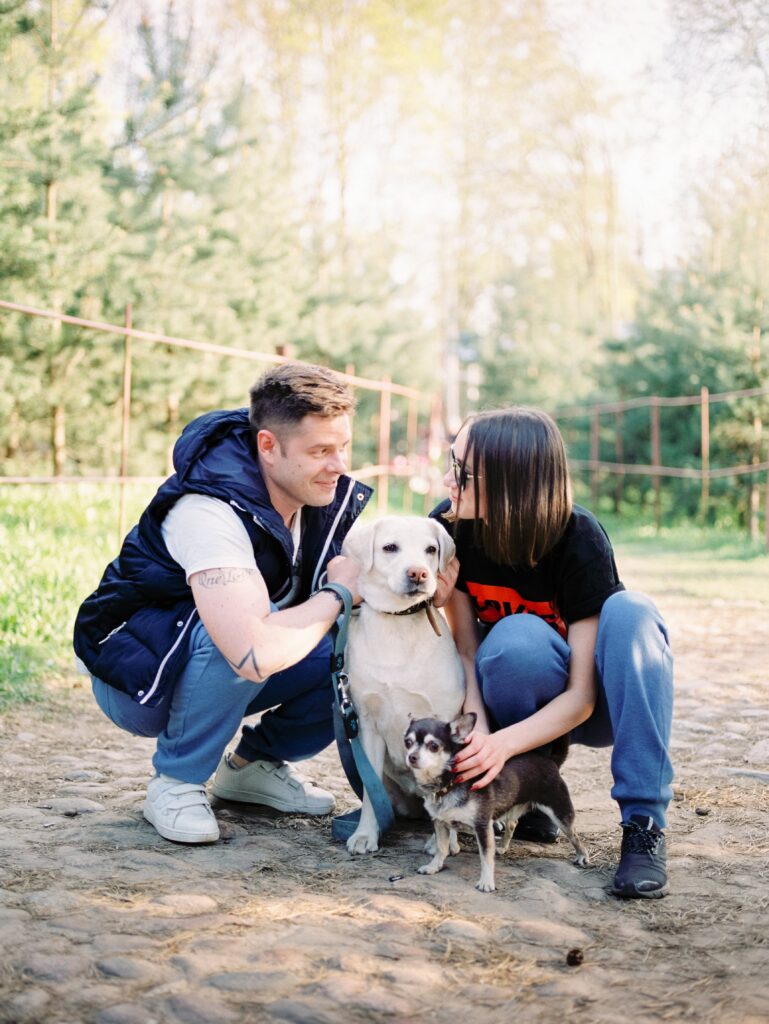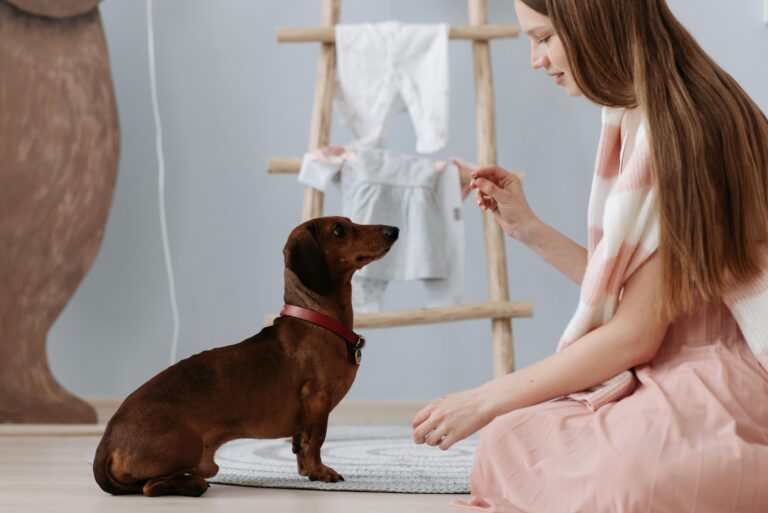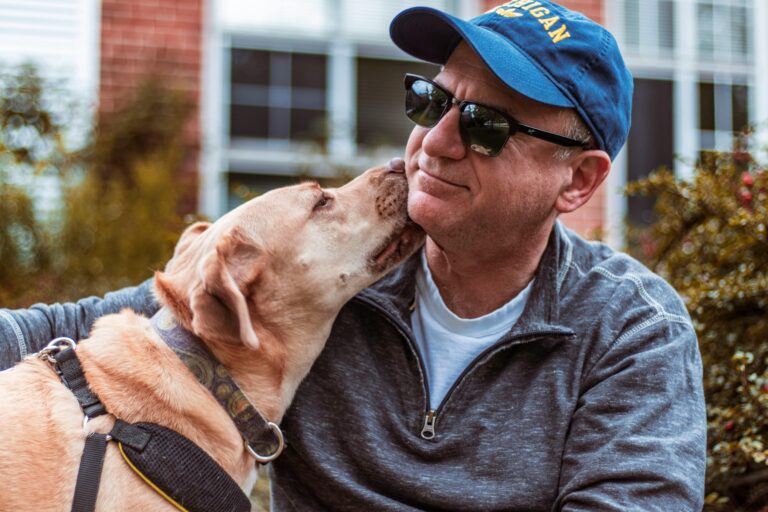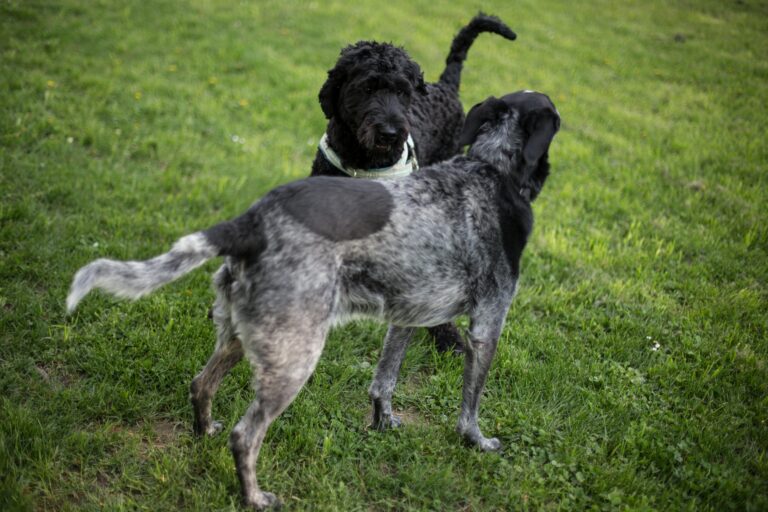Multi-Dog Success: Expert Training Tips for a Happy Pack
The Joy and Challenge of Multi-Dog Homes
Owning more than one dog can be incredibly rewarding. You get twice the love, twice the energy, and twice the fun. But for families in Des Moines, multi-dog households also bring unique challenges. Competition, jealousy, and chaotic energy are common if structure is not in place.
The good news? With the right training and consistency, multi-dog homes can run smoothly, and your dogs can become a balanced pack rather than rivals.
Why Training is Crucial in Multi-Dog Homes
When you have multiple dogs, obedience is not optional, it is essential. Training provides:
- Structure: Clear boundaries prevent fights and resource guarding.
- Calm Energy: Dogs learn to respect one another’s space.
- Consistency: Every dog understands their role in the household.
- Safety: Well-trained dogs are easier to manage during group walks or events.
Common Problems in Multi-Dog Homes
Some of the most frequent issues I hear from Des Moines families include:
- Dogs competing for attention
- Barking or lunging when visitors arrive
- Fighting over food, toys, or sleeping spots
- Copycat bad behaviors, like one dog pulling on leash and the others following
Without a clear structure, small problems can escalate quickly.
Training Tips That Work
Here are proven strategies to keep order and harmony in multi-dog homes:
- Train Each Dog Individually
Every dog should learn commands independently before practicing together. This prevents confusion and ensures that each understands expectations. - Establish Rules Around Resources
Feed dogs in separate areas, provide individual toys, and teach the “leave it” command to reduce competition. - Rotate Leadership During Walks
Let each dog take turns leading during group walks. This prevents dominance issues and keeps everyone engaged. - Use Place Training
Teaching each dog to go to a mat or bed helps create calm when the house feels chaotic. - Stay Consistent Across Dogs
If one dog must sit before going outside, all dogs should follow the same rule. Consistency is key.
Real-Life Success Story
One family in Des Moines came to me with three dogs who barked nonstop at the door. We started by training each dog separately to respond to “place.” Once they mastered it alone, we combined them. Within weeks, the chaos disappeared. Now, all three calmly sit on their mats when the doorbell rings.
For more perspective on structure and harmony, see our blog on crate training as a positive approach. Crates provide each dog with their own space, which reduces tension in multi-dog homes.
The Role of Professional Training
While you can do much at home, professional support makes the process smoother. Our Basic Obedience Program is designed to help families create order in households with more than one dog. Structured commands and consistency transform chaos into calm.
FAQ: Multi-Dog Training
Q: Should I train all my dogs at once?
Not at first. Start with one-on-one sessions, then gradually combine them.
Q: What if my dogs compete for attention during training?
Rotate focus. Reward one dog for waiting patiently while the other works.
Q: Can older dogs learn alongside younger ones?
Yes. Older dogs can model calm behavior, but they also need individual attention to avoid frustration.
Q: How do I stop fights over toys or food?
Manage the environment. Separate feeding areas, rotate toys, and reward calm sharing behaviors.
Q: Is professional training worth it for multi-dog homes?
Absolutely. Trainers can help balance pack dynamics and build consistency across all dogs.
Expert Advice
The AKC offers useful strategies on training a multi-dog household. Their guidance aligns with what we teach locally: structured obedience and fairness are critical to success.
Quick Checklist for Multi-Dog Homes
- Train dogs individually before group practice
- Establish rules for feeding and toys
- Use place training to create calm
- Rotate leadership during walks
- Be consistent with rules across all dogs
- Seek professional help if conflicts escalate
Final Thoughts
Living with multiple dogs does not have to mean constant chaos. With obedience, structure, and patience, your home can run smoothly, and your dogs can truly enjoy life as a pack.
If your household feels overwhelming, let us help. Reach out through our contact page to learn how we can build balance in your home.








